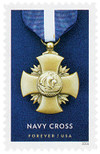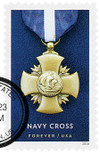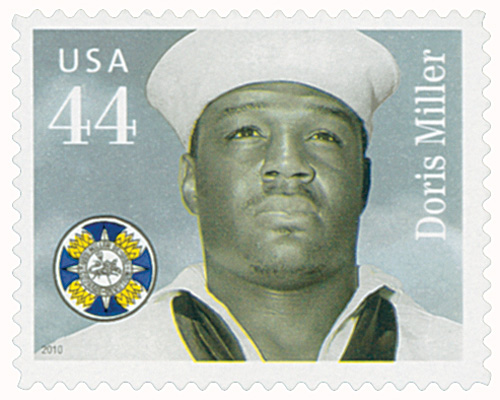
# 5066 - 2016 First-Class Forever Stamp - Distinguished Service Cross Medals: Navy Cross
At the outset of World War I, the only U.S. military award, aside from the Medal of Honor, was the Certificate of Merit Medal. Established in 1905, this medal had replaced older honors recognizing distinguished service in times of both war and peace. But short of the Medal of Honor, there was no distinct award for valor in the face of death during combat.
General John J. Pershing, commander in chief of the American Expeditionary Forces in France, felt the U.S. should have an honor for gallantry and risk-of-life in addition – and secondary to – the Medal of Honor. He proposed the idea to President Woodrow Wilson, and the Distinguished Service Cross was authorized in 1918. It was then awarded retroactively to 1917, and several even-older merit medals were upgraded.
Originally, the service cross was established to cover all people who acted on behalf of the U.S. military with extraordinary heroism in a combat situation. But over time, the other military branches created their own service cross medals. Today, second only to the Medal of Honor, there are now four service cross medals for the separate U.S. military branches: the Army’s Distinguished Service Cross, the Navy Cross, the Air Force Cross, and the Coast Guard Cross.
Death Of Dorie Miller
Doris “Dorie” Miller was born on October 12, 1919, in Waco, Texas. The third of four sons, he worked on the family farm, was a good student, and played fullback on his high school’s football team. He eventually dropped out of school and joined the Navy on September 16, 1939.
At the time, there were few positions allowed to African Americans, so Miller was made a Mess Attendant. He served aboard several ships early on, including the Pyro and the Nevada. In January 1940, Miller was part of the crew of the USS West Virginia, which was sent to Pearl Harbor, Hawaii.

December 7th, 1941, began with a normal morning’s work of collecting laundry for Miller. That changed suddenly as Japanese planes attacked the American fleet at Pearl Harbor. When the alarm for general quarters rang, Miller raced to his battle station, but a torpedo had destroyed the anti-aircraft gun there.
Miller was a large, strong man – he was the heavyweight-boxing champion on the ship. With his battle station ruined, he put that strength to use helping an officer carry wounded sailors to safety, including the captain of the West Virginia.
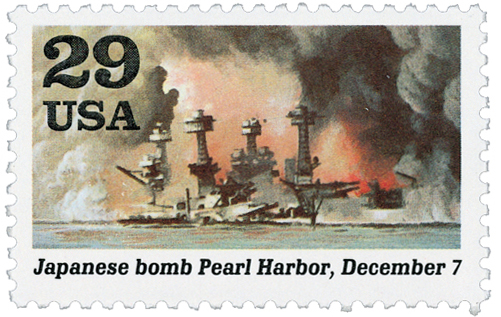
With no other wounded in sight, Miller then manned a .50-caliber anti-aircraft gun – even though he’d never been trained in its use. That didn’t prevent him from shooting down three confirmed Japanese planes, with three more unconfirmed. As torpedoes blew through the deck, the crew was ordered to abandon ship. Miller dived overboard as the West Virginia settled to the harbor floor.
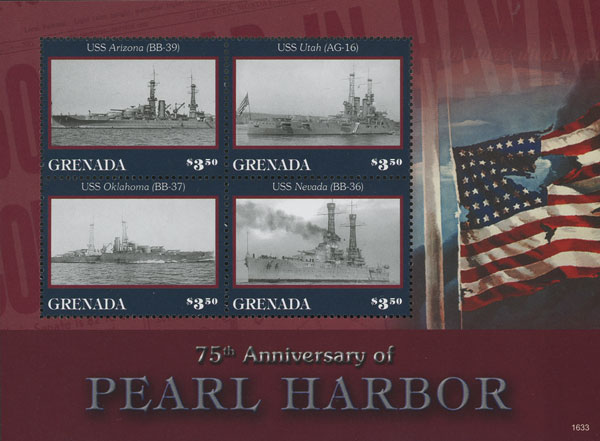
In May of the following year, Miller received a Navy Cross for his courage. He was the first African American to be awarded the medal and was called one of the “first U.S. heroes of World War II.”
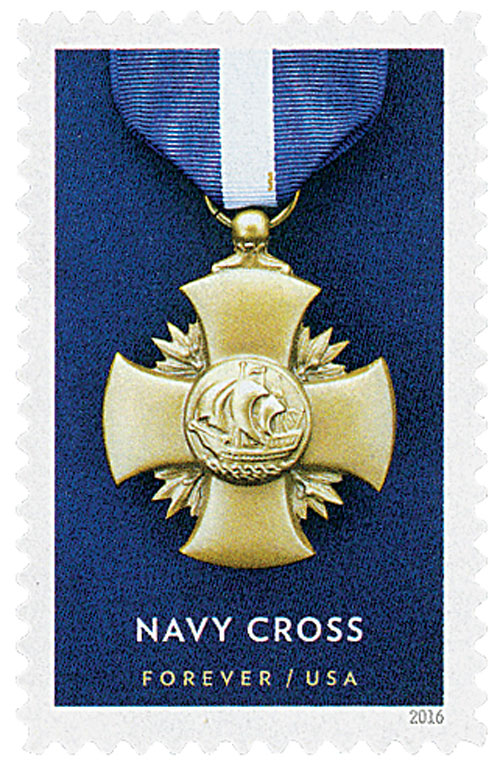
After receiving his award, Miller was promoted to Mess Attendant First Class. He then went on a war bond tour before returning to service in May 1943 to serve aboard the USS Liscome Bay. That same year he was also featured on a U.S. Navy recruiting poster titled “Above and beyond the call of duty.”
On November 20, 1943, Miller’s ship was involved in the Battle of Makin Island. Then on November 24, a Japanese torpedo struck the ship, leading the aircraft bomb magazine to explode a few minutes later. Of the crew of more than 900, only 272 survived. Miller was among the two-thirds of the ship’s crew listed as “presumed dead.” His family later held a memorial service in Waco. A number of memorials, buildings and other sites have been named in Miller’s honor.
At the outset of World War I, the only U.S. military award, aside from the Medal of Honor, was the Certificate of Merit Medal. Established in 1905, this medal had replaced older honors recognizing distinguished service in times of both war and peace. But short of the Medal of Honor, there was no distinct award for valor in the face of death during combat.
General John J. Pershing, commander in chief of the American Expeditionary Forces in France, felt the U.S. should have an honor for gallantry and risk-of-life in addition – and secondary to – the Medal of Honor. He proposed the idea to President Woodrow Wilson, and the Distinguished Service Cross was authorized in 1918. It was then awarded retroactively to 1917, and several even-older merit medals were upgraded.
Originally, the service cross was established to cover all people who acted on behalf of the U.S. military with extraordinary heroism in a combat situation. But over time, the other military branches created their own service cross medals. Today, second only to the Medal of Honor, there are now four service cross medals for the separate U.S. military branches: the Army’s Distinguished Service Cross, the Navy Cross, the Air Force Cross, and the Coast Guard Cross.
Death Of Dorie Miller
Doris “Dorie” Miller was born on October 12, 1919, in Waco, Texas. The third of four sons, he worked on the family farm, was a good student, and played fullback on his high school’s football team. He eventually dropped out of school and joined the Navy on September 16, 1939.
At the time, there were few positions allowed to African Americans, so Miller was made a Mess Attendant. He served aboard several ships early on, including the Pyro and the Nevada. In January 1940, Miller was part of the crew of the USS West Virginia, which was sent to Pearl Harbor, Hawaii.

December 7th, 1941, began with a normal morning’s work of collecting laundry for Miller. That changed suddenly as Japanese planes attacked the American fleet at Pearl Harbor. When the alarm for general quarters rang, Miller raced to his battle station, but a torpedo had destroyed the anti-aircraft gun there.
Miller was a large, strong man – he was the heavyweight-boxing champion on the ship. With his battle station ruined, he put that strength to use helping an officer carry wounded sailors to safety, including the captain of the West Virginia.

With no other wounded in sight, Miller then manned a .50-caliber anti-aircraft gun – even though he’d never been trained in its use. That didn’t prevent him from shooting down three confirmed Japanese planes, with three more unconfirmed. As torpedoes blew through the deck, the crew was ordered to abandon ship. Miller dived overboard as the West Virginia settled to the harbor floor.

In May of the following year, Miller received a Navy Cross for his courage. He was the first African American to be awarded the medal and was called one of the “first U.S. heroes of World War II.”

After receiving his award, Miller was promoted to Mess Attendant First Class. He then went on a war bond tour before returning to service in May 1943 to serve aboard the USS Liscome Bay. That same year he was also featured on a U.S. Navy recruiting poster titled “Above and beyond the call of duty.”
On November 20, 1943, Miller’s ship was involved in the Battle of Makin Island. Then on November 24, a Japanese torpedo struck the ship, leading the aircraft bomb magazine to explode a few minutes later. Of the crew of more than 900, only 272 survived. Miller was among the two-thirds of the ship’s crew listed as “presumed dead.” His family later held a memorial service in Waco. A number of memorials, buildings and other sites have been named in Miller’s honor.




